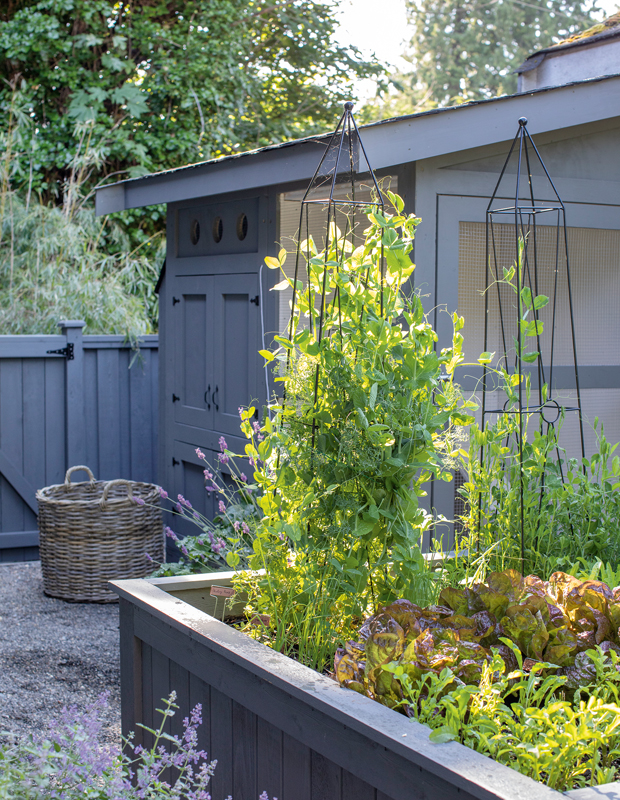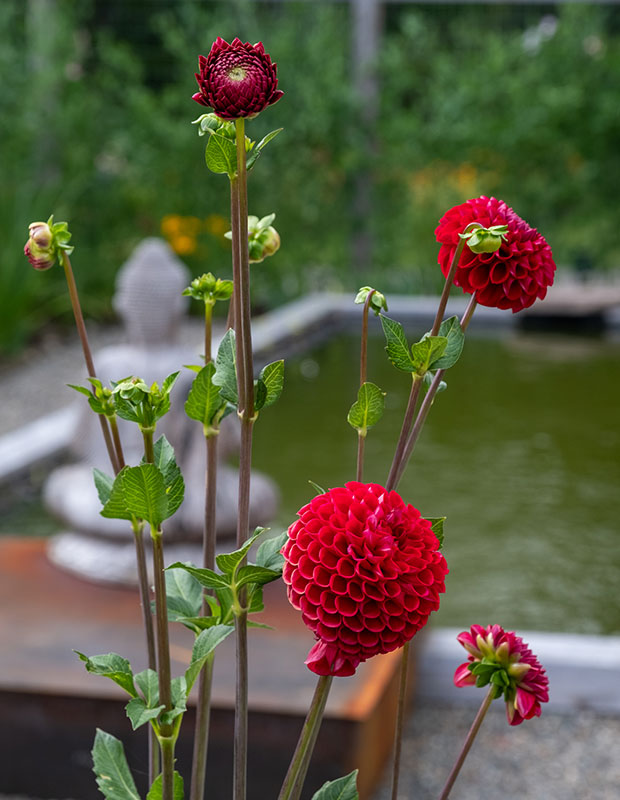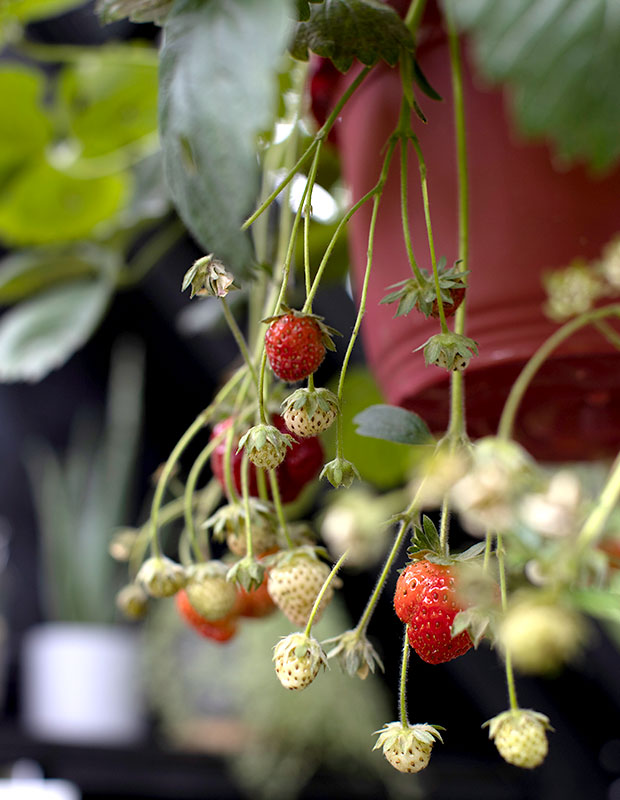Decorating & Design
9 Fall Garden Tasks To Tackle Now
Published on October 5, 2025

For many gardeners, fall is bittersweet. While flowers fade, some beds are bursting with a bounty of veggies. There is still plenty to do to guarantee a fabulous effect next spring, so don’t pack your wellies and garden gloves away just yet. Here are 9 fall tasks to finish before the snow flies to ensure your garden shines next spring. Learn our best fall gardening tips below!

1) Banish Weeds
Weeds like thistle and crabgrass all develop seed heads in the late summer and fall. Weeding becomes even more important in late summer and autumn since a mature weed can produce hundreds, if not thousands, of seeds that will grow into weeds next year. If the soil is hard and dry, water a few hours before to loosen the soil and make weeding a lot easier. In Rosie Daykin’s enviable West Coast garden, plantings of easy-care ground covers, hosta and ferns help tamp down weeds.

2) Bring Tropicals Inside
If you have tropical trees that have been vacationing on your patio (or the outdoor shower in this Toronto home), it’s time to bring them in once the temperatures start falling at night below 12ºC. Plants like this bird of paradise palm, hibiscus, lemon trees, or fiddle leaf figs will happily thrive in a sunny spot indoors.

3) Clean Containers
Don’t leave pots full of soil outside over winter since the temperature fluctuations can cause cracking. Empty spent plants (if there are perennials in your containers, plant them into garden beds if desired). Annual plants can be put into compost bins and yard bags. Pots should be scrubbed with a water and bleach solution (nine parts water to one part bleach) before stacking and storing.
Related: 11 cordless lanterns that will bring an ambient glow to your patio

4) Tend Supports
Those obelisks, tuteurs and supports that helped your veggies thrive need some TLC in fall before storing them inside. Remove all stakes and supports and wash off soil, then, treat them with a preservative. Keep supports for early-spring crops, like peas, close at hand so they can be easily accessed next spring.
Read More: The best backyard fences from the H&H archives

5) Use Those Leaves!
Leaves will help keep weeds at bay, insulate your plants over the winter months and enrich the soil as the leaves break down. The leaves of one large tree can be worth as much as $50 worth of plant food and humus that improves soil structure. (Don’t use moldy piles of wet leaves, though.) Chop them up by running a lawn mower over them a few times. Add shredded leaves to raised beds in late fall as the ground begins to freeze.
Related: 9 backyard ideas that will make your outdoor space more fun

6) Dig Up Dahlias & Tender Tubers
If you want to give bulbs like dahlia, canna and gladiola a second life, you can save them over the winter and plant them again the following year. First cut the plant stem about six inches above the soil. Leave it in the ground for a few days (this helps it develop new eyes) and then, carefully digging around the tubers to loosen the soil, pull them out of the ground. Place them on cardboard to dry and store in a plastic bag containing sawdust with poked with holes.
Video: Tour designer Rosie Daykin’s idyllic Vancouver home and gardens

7) Prep Garden Tools
If you haven’t been cleaning and disinfecting pruners and shears after each use to prevent the spread of disease-causing pathogens, fall is an opportunity to wipe off blades to remove soil and dried sap. Disinfect using a 9 parts water to 1 part bleach mixture (TSP or rubbing alcohol works too). In this garage, the pruners and loppers are kept close to the door — handy for cutting evergreen boughs for holiday planters and arrangements!

8) Repot Herbs
You can create an indoor herb garden in a sunny windowsill by repotting plants like rosemary, mint, oregano, sage, thyme, basil, dill and cilantro. Prepare fresh soil to give herbs the nutrients they need to thrive during a transition indoors. Cut the plants back slightly once you bring them inside; this helps control size and encourages new growth that will be better adapted to life indoors.
Related: 10 inspiring indoor-outdoor spaces

9) Leave Something For the Birds
Seed heads and berries help sustain birds in the winter, so don’t make too clean of a sweep. Some bird favourites include chokeberry, crab apple, serviceberry and seed heads from coneflowers, sunflower, rudbeckia, sedum and scabiosa.
Read More: These stylish patios and decks all have one thing in common


